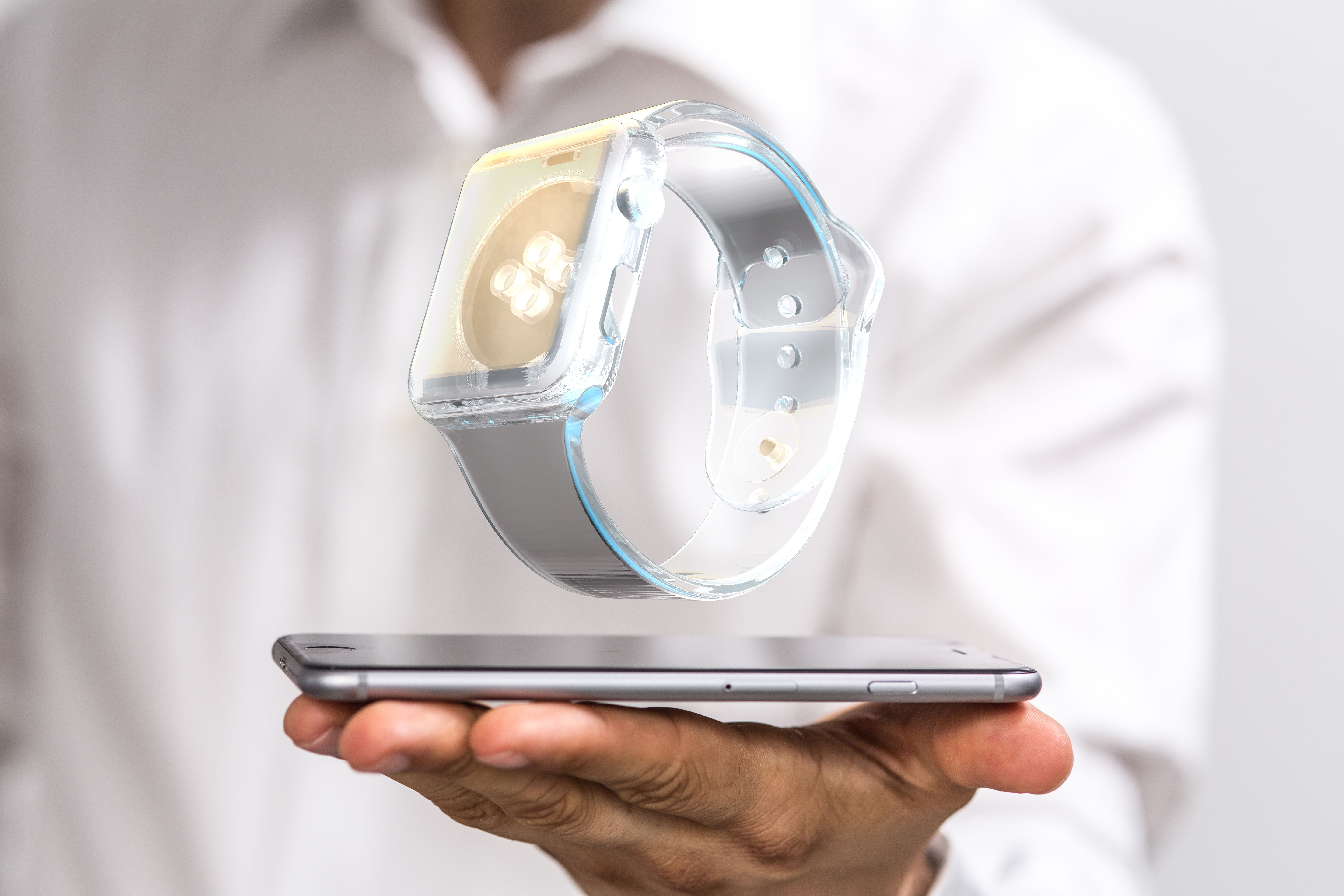Rigid-flex PCBs are printed circuit boards that use both rigid and flexible substrates for their construction. For example, a single rigid-flex PCB may use a rigid fiberglass substrate for the length of the circuit across the face of a device before transitioning to a more flexible plastic substrate that can bend around the corner of the internal component or device.
At Redstar Worldwide, we maintain experienced design and engineering teams equipped with the knowledge and skills needed to help customers take full advantage of the opportunities rigid-flex PCBs offer. From finalizing designs to compiling documentation for the manufacturer to helping bring a new product to the marketplace, we can help with virtually any rigid-flex PCB need.
Rigid-Flex PCB Capabilities
Similar to both rigid and flexible PCBs, rigid-flex PCBs are open to variation. Some of the design elements that may vary from one rigid-flex PCB to another include:
- Base material
- Rolled or annealed copper
- Adhesive or adhesiveless core
- Coverlay or soldermask
- Static or dynamic flex
- Coating
Regardless of the rigid-flex board design a customer chooses, our experts can help them prototype and produce it. Our quick-turn prototyping service—which includes a manufacturability review—facilitates the identification of potential problems and implementation of design solutions. Once approved, the design proceeds to a fabrication process governed by a strict set of in-house standard operating procedures (SOPs). High-quality prototypes are available in as little 24 hours for standard FR4 or double-sided PCBs.
Rigid-Flex PCB Design Rules
When designing a rigid-flex PCB, there are a number of design rules to keep in mind that may differ from those of both rigid and flexible PCBs, such as:
- Avoiding the placement of components or vias close to the bend line of flexible interconnects
- Using through-hole plating and additional coverlays to anchor parts and reduce stress on flexible circuits
- Maintaining a curved trace rather than a sharp 45° or 90° angle on bends
- Employing teardrop patterns to ensure a gradual change in the width of traces
Benefits of Rigid-Flex PCBs
Compared to rigid and flexible PCBs, rigid-flex PCBs offer several advantages, including:
- Greater utilization of space in all three dimensions
- Lower part weight and space requirements
- Better signal transmission reliability
- Broader functionality in a wider range of applications
However, depending on your needs, either a flex PCB or fully rigid PCB might be a better option. Our team is able to determine which one is best for your application.
Applications of Rigid-Flex PCBs
Industry professionals employ rigid-flex PCBs in a wide range of electronic products, including the following:
- Automobiles
- Cell phones
- Green and solar energy
- IoT devices
- Medical equipment
- Tools
- Wearable devices
Rigid-Flex PCBs vs. Flex PCBs
Rigid-flex printed circuit boards combine the characteristics of both rigid and flexible PCBs, generally by employ rigid substrates attached together by flexible interconnects. In contrast, flexible PCBs only employ flexible components. These differences in design afford these types of PCBs different advantages and disadvantages. For example:
- Rigid-flex PCBs offer strong reliability and are suitable for many high-density/limited space applications.
- Flexible PCBs only employ flexible components, and therefore may be better suited for products with unique space or density requirements.
Why Partner With Redstar Worldwide?
By choosing us for their rigid-flex PCB needs, customers benefit from our:
- Decades of experience in PCB design and supply management
- Broad selection of engineering services
- Partnerships with reputable overseas and domestic manufacturers and manufacturing facilities
Contact our team to learn more about our PCB solutions or request a quote to get started on your rigid-flex PCB order today.


